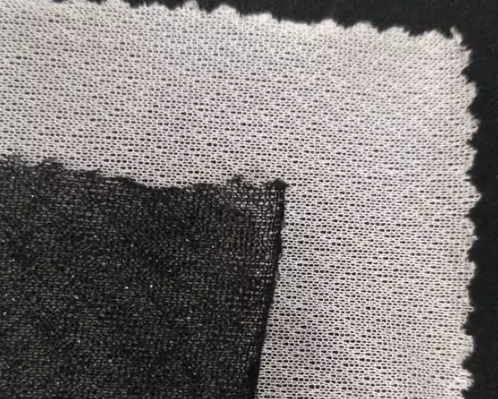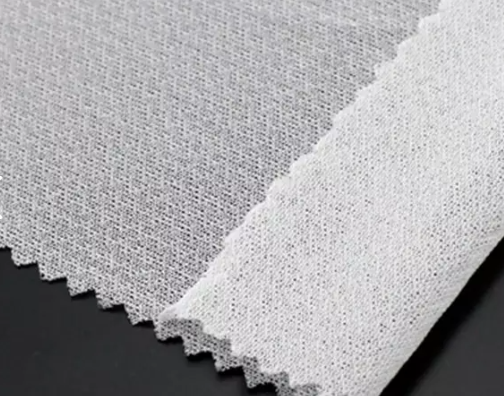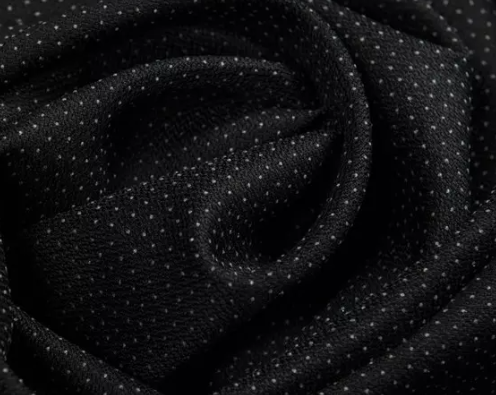منصهر تواجه فوائد عشاق الخياطة
2023-03-08.
Fusible interfacingis a versatile and essential material for any sewing enthusiast, whether you are a beginner or an experienced seamstress. It is a type of interfacing that has an adhesive layer on one side, which can be activated by heat and pressure to bond with the fabric.
The benefits offusible interfacingare numerous. It can add structure, stability, and support to fabrics, making them easier to handle and sew. It can also prevent stretching, wrinkling, and distortion, ensuring that your garments maintain their shape and fit over time. Fusible interfacing can be used in a wide range of projects, from garments to bags, hats, and other accessories.

One of the main advantages offusible interfacingis its ease of use. It can be applied quickly and easily with a household iron, without the need for stitching or sewing. This makes it a great choice for beginners who are still learning the basics of sewing and want to create professional-looking garments without investing in expensive equipment or materials.

Another advantage of fusible interfacing is its versatility. It comes in a variety of weights, from lightweight to heavy-duty, and can be used with a wide range of fabrics, including cotton, linen, silk, wool, and synthetic blends. This means that you can use fusible interfacing in almost any sewing project, whether you are making a delicate blouse or a sturdy backpack.
In addition,fusible interfacingis affordable and widely available, making it an accessible material for sewers of all skill levels. It can be purchased at most fabric stores, as well as online, and is often sold in pre-cut sheets or by the yard.

Overall, if you want to create high-quality, professional-looking garments and accessories, fusible interfacing is a must-have material in your sewing kit. With its ease of use, versatility, and affordability, it is the perfect choice for anyone who loves to sew and wants to take their projects to the next level.